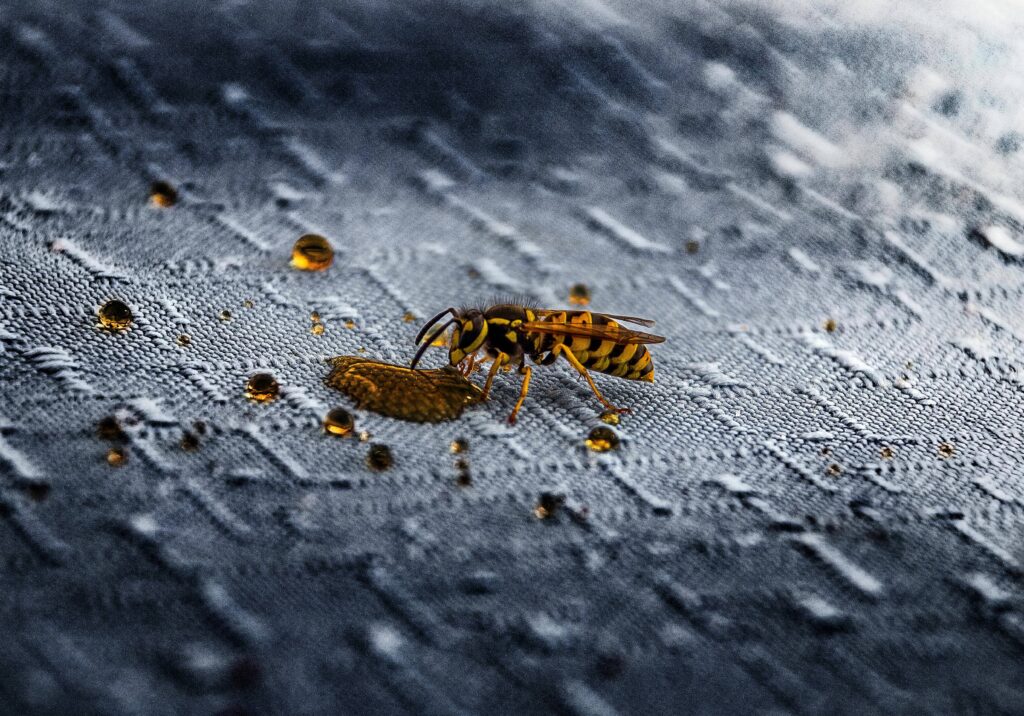
Getting your home ready might not top your list when you book a pest control treatment, but it’s a vital step in making sure the process works effectively. Proper preparation sets the stage for long-term success, helping you get rid of the unwanted invaders.
Follow this guide to make your pest control service as efficient and hassle-free as possible.
Communication Is Key
Every pest problem is unique, and so is its solution. During a pest inspection, discuss the potential treatment plan with your pest control specialist. Ask questions about the type of pests being targeted, the chemicals or methods used, and the safety precautions to follow. Knowing these details will help you take the right preparatory steps and minimize any disruptions.
Declutter Your Space
To make sure the treatment reaches all the nooks and crannies, tidy up your home. Move furniture like sofas, beds, and cabinets a few feet away from walls. Clear items from kitchen and bathroom counters to allow easy access to baseboards and corners. You can also organize closets by keeping clothes and shoes off the floor.
A clear and open space allows the pest control technician to apply treatments thoroughly.
Vacate the Premises If Possible
Some pest control treatments can require you to leave your home for a few hours. Plan by coordinating with family members to spend time outside or at a friend’s place. Pack necessary items like medications, baby supplies, and pet food in advance. You can also relocate pets and sensitive plants to a safe area.
Leaving your home keeps everyone safe while giving the treatment time to work.
Secure Entry Points
After the treatment, pests may try to find alternative ways into your home. Inspect and seal these areas. Fix broken screens on windows and doors, and seal cracks and gaps in walls, floors, and foundations. You can also use this time to install weather stripping around doors and windows. Preventing pests from re-entering your home helps maintain the treatment’s effectiveness.
Clean Strategically
Cleaning before and after pest control is important, but timing is key. Before treatment, sweep, mop, and vacuum to remove crumbs, dirt, and pest droppings. Focus on high-contact surfaces like tables and counters. This helps the treatment target live pests rather than leftovers. After treatment, wait the recommended time before cleaning to avoid wiping away the chemicals.
Stay Informed about Chemicals
Some pesticides can be hazardous if mishandled. Check with your pest control partner about any potential risks. Make sure to follow all safety measures, such as avoiding treated areas and keeping children and pets away. You can also ask about any extra precautions, like ventilating the home or keeping windows open during the treatment.
One alternative for mitigating these damages is by partnering with an eco-friendly pest control agency.
Follow Up After the Treatment
Pest control isn’t a one-and-done deal. To get the best results, monitor activity by looking for signs of lingering pests and reporting them to your pest control partner. You can also schedule regular treatments to prevent future infestations. Long-term pest control requires ongoing effort, but the payoff is a pest-free home.
Preparing for a pest control treatment doesn’t have to be overwhelming. With a little planning and attention to detail, you can make the process seamless. Our team at Ultra Safe Pest Management offers expert pest control treatments for property owners in Massachusetts. Contact us to learn more!
